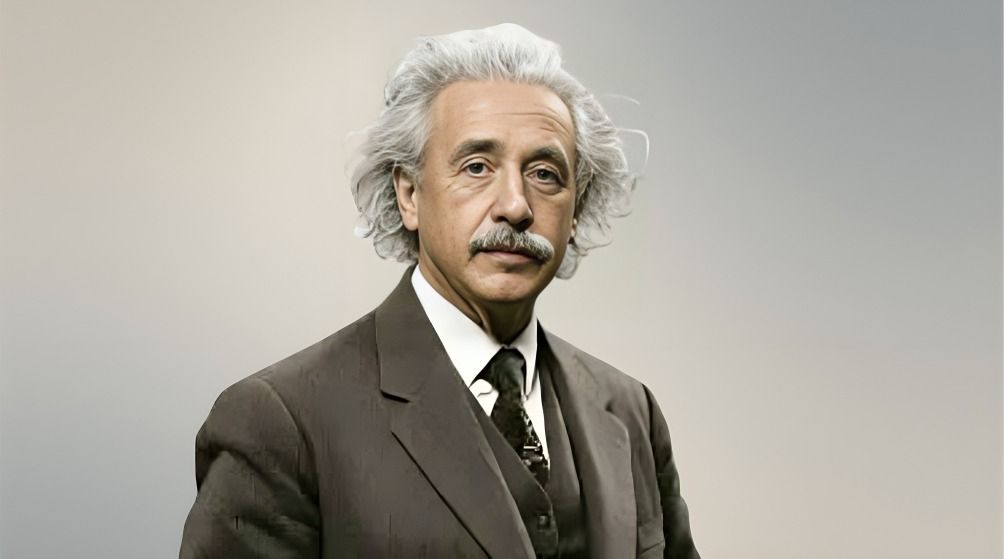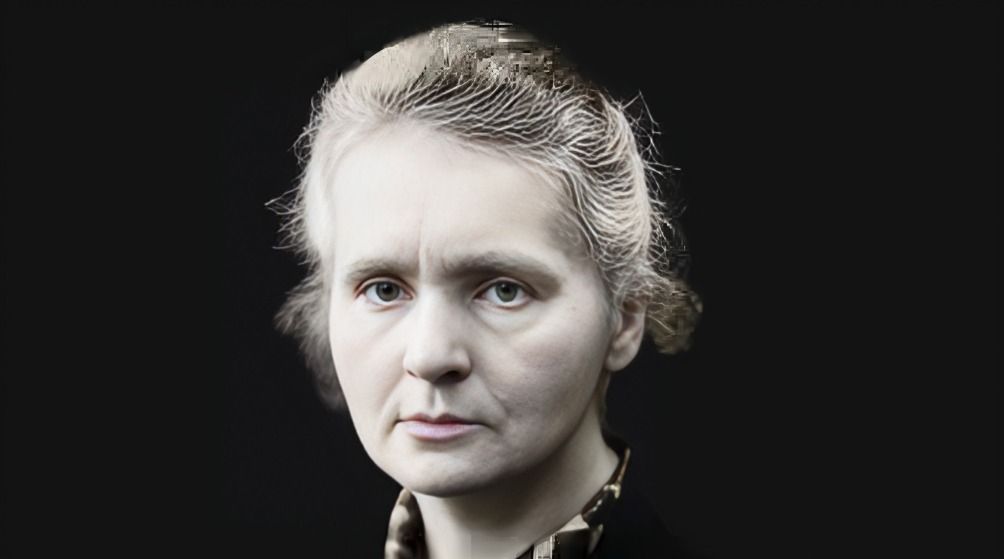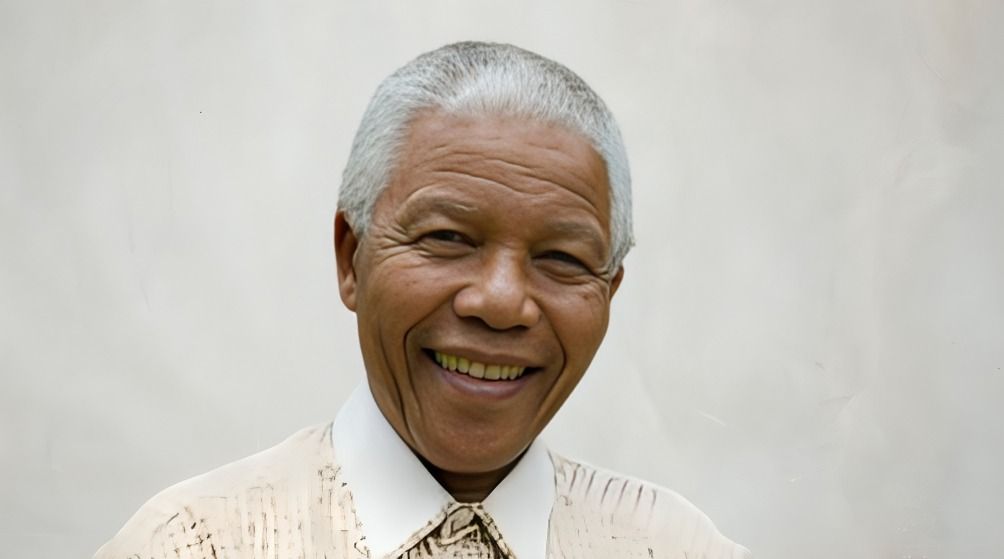
“
Nelson Mandela, often referred to as "Madiba," is a name synonymous with the fight for freedom and equality. Known as the first Black president of South Africa and a global symbol of resistance against apartheid, Mandela’s life is filled with incredible stories of perseverance and leadership. His journey from a village in rural South Africa to becoming a Nobel Peace Prize laureate and a worldwide advocate for human rights is truly inspiring. This blog explores 20 interesting facts about Nelson Mandela, highlighting key moments from his life, his dedication to justice, and his enduring legacy. These facts provide a deeper insight into the man who spent 27 years in prison to bring about a better future for his country and the world.1
”
Nelson Mandela's birth name was Rolihlahla, meaning "to pull a branch from a tree" or "troublemaker" in Xhosa. At seven, a teacher gave him the English name Nelson for easier pronunciation by colonial officials.1
He was a trained lawyer and became South Africa's first black president, but his road to leadership included a stint as a freedom fighter, leading armed resistance against the apartheid regime.2
Mandela was inspired by Mahatma Gandhi's philosophy of nonviolence. He initially believed in armed struggle but later embraced peaceful negotiations, demonstrating his ability to adapt and grow as a leader.3
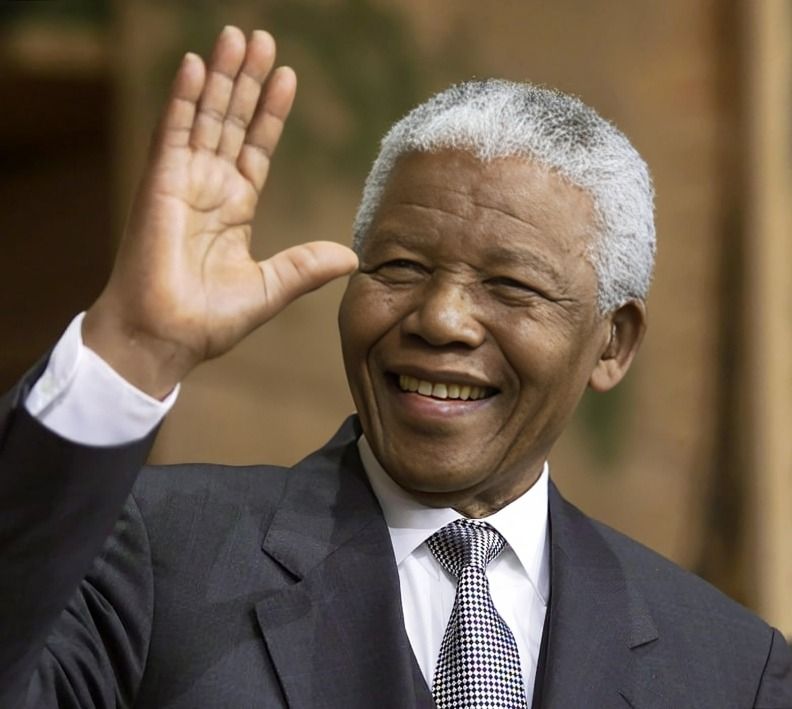
He famously stated, "It always seems impossible until it is done." This mindset drove him to pursue justice and equality, inspiring countless individuals around the world to challenge oppression.
Mandela's prison cell on Robben Island was just 8 feet by 7 feet. Despite harsh conditions, he turned this confinement into a period of learning and personal growth, studying law and philosophy.4
He developed lifelong friendships with fellow inmates, including Walter Sisulu and Govan Mbeki. These relationships strengthened his resolve and shaped his vision for a free South Africa.5
Mandela's release in 1990 was met with worldwide celebrations. Millions rejoiced, marking a turning point in history, as he emerged not just as a leader, but as a symbol of hope.6

After going underground due to his ANC work, Mandela earned the nickname “the black Pimpernel,” inspired by the hero in The Scarlet Pimpernel. He was also affectionately called Madiba, his clan name.
He was a passionate supporter of sports, believing in their power to unite people. Mandela famously wore the Springbok rugby jersey during the 1995 Rugby World Cup, a significant act of reconciliation.7
After his presidency, Mandela became a strong advocate for AIDS awareness, motivated by the loss of his son, Makgatho. South Africa has the highest number of people living with HIV/AIDS.8
He spent 18 years in prison on Robben Island, where he endured hard labor, but he never lost hope. His resilience turned him into a symbol of resistance against oppression.9
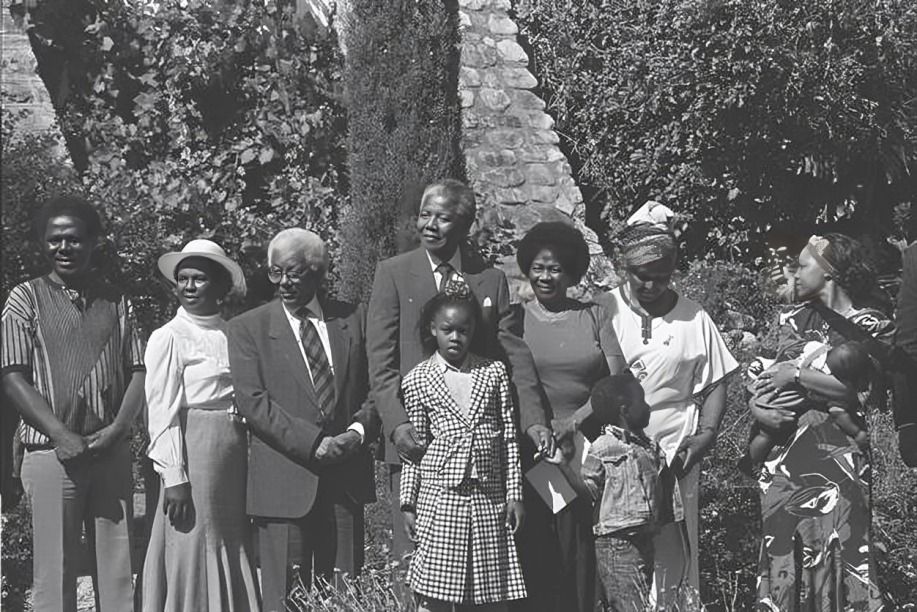
Mandela was married three times and had six children. His second wife, Winnie Madikizela-Mandela, was a prominent anti-apartheid activist, but their marriage faced many challenges due to political pressures.
He was awarded the Nobel Peace Prize in 1993 alongside F.W. de Klerk for their collaborative efforts to dismantle apartheid, highlighting the importance of dialogue in achieving peace.10
Mandela was known for his love of the arts, often attending concerts and supporting local musicians. He believed that culture played a vital role in the healing process after apartheid.11
Despite dining on gourmet dishes around the world, Nelson Mandela's favorite food was tripe, which is the lining of farm animals. He enjoyed this traditional dish throughout his life.12
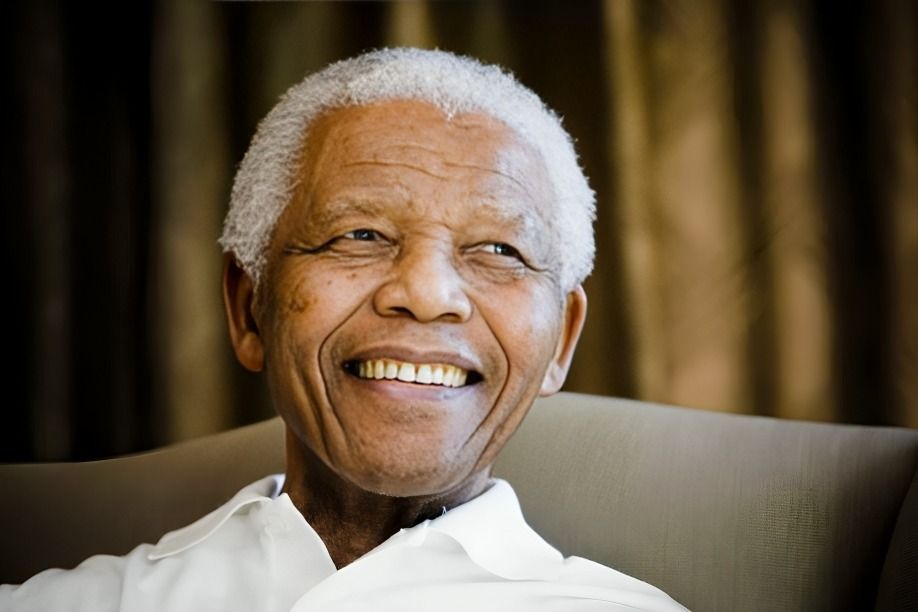
Nelson Mandela stood 1.84 meters tall. His height contributed to his commanding presence and charisma, which helped him inspire and lead people during South Africa’s struggle for freedom and equality.
Nelson Mandela was sentenced to life imprisonment on June 12, 1964. This sentence marked a significant moment in South Africa's struggle against apartheid and highlighted Mandela's commitment to fighting for justice.13
Nelson Mandela was released from prison on February 11, 1990, after serving 27 years. His release was a pivotal moment in the struggle against apartheid in South Africa.14
Nelson Mandela stepped down as President in 1999 after one term. Afterward, he focused on charity work, including the Nelson Mandela Children’s Fund, the Nelson Mandela Foundation, and the Mandela Rhodes Foundation.15
Many streets around the world are named after Nelson Mandela. He also has a nuclear particle called the "Mandela particle," a prehistoric woodpecker, and an orchid named in his honor.16

